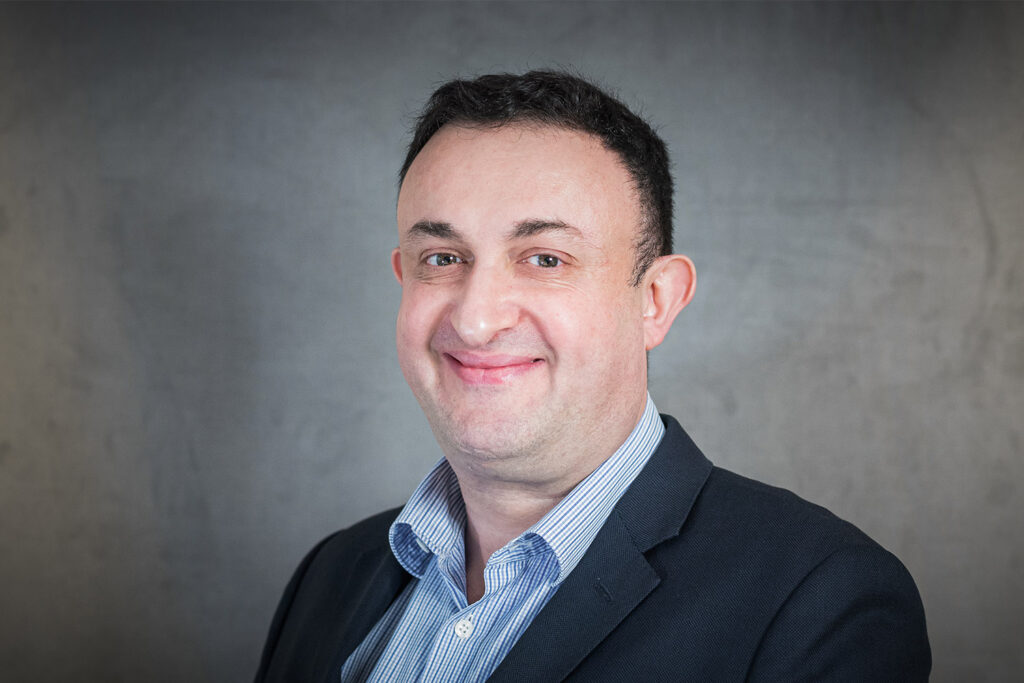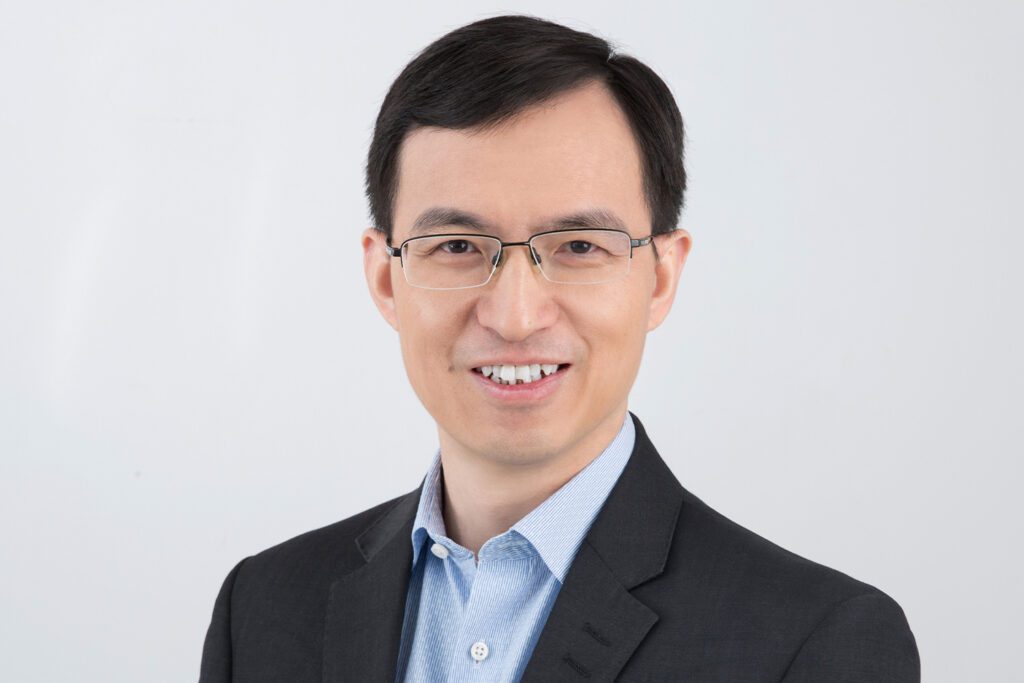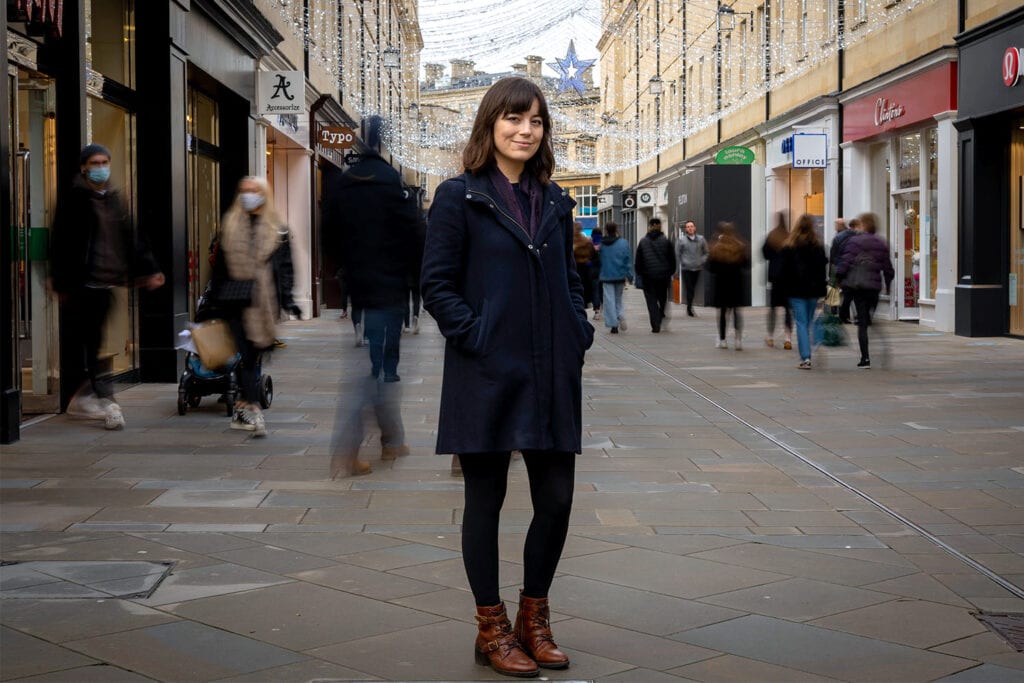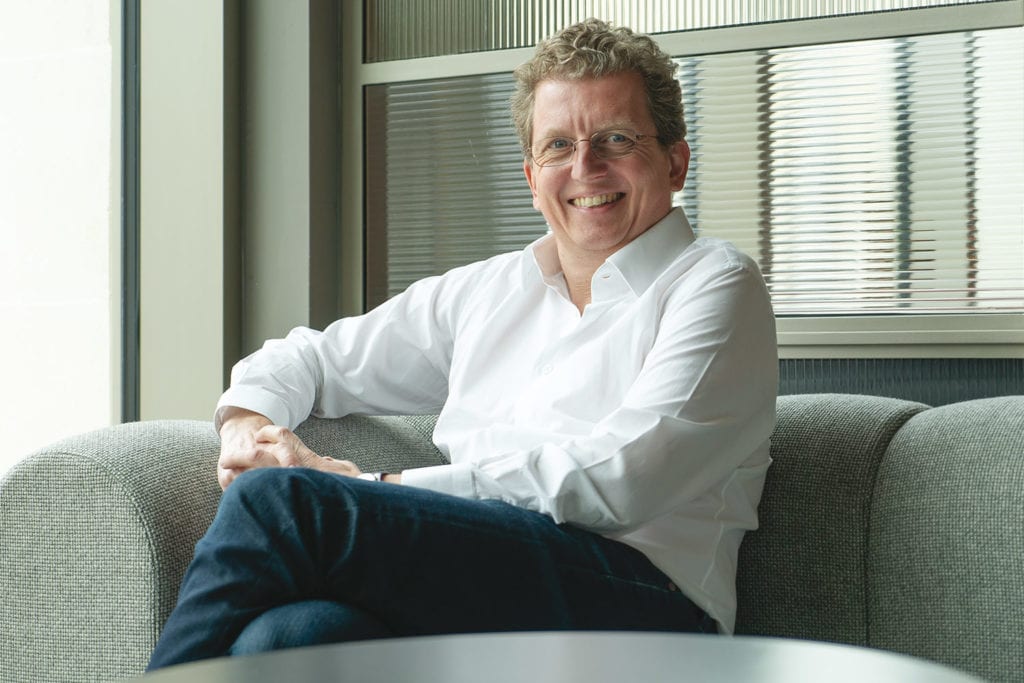
Despite multiple challenges, Buro Happold’s teams in Hong Kong, Beijing and Shenzhen continue to work on new and existing projects, widening collaboration and extending our expertise in multiple directions.
Our Asian reach is expanding. Alongside our Hong Kong and Beijing offices, Buro Happold now has a base in Shenzhen. Creating a Buro Happold office here presents us with huge opportunities in terms of real estate, sports and cultural development. Development in the Greater Bay area is mainly commercial at present, but there is increasing investment in cultural projects such as the Shenzhen Conservatory of Music, the Shenzhen Opera House and museums for art and natural history.
The wider vision is to create somewhere that will compete with San Francisco Bay in terms of attracting talent and growth as a technology hub, whilst also offering an attractive lifestyle.
Shenzhen Bao’an Performance Centre
A key Buro Happold cultural project completed in 2020 is the new Performance Centre in Binhai Cultural Park. It is one of three buildings that make up the cultural centre in Bao’an Central District and is aligned along a central axis that extends from the city’s hinterland into the South China Sea. The buildings, together with a series of interwoven public plazas, form a unified presence on the site.
With a total land area of about 20,000 square metres, the project includes a 1,500-seat grand theatre and a 600-seat smaller theatre. Although the centre is relatively square, almost every surface is curved or inclined. In order to ensure the accuracy of the design, Buro Happold’s designers adopted the Rhino model reference plane positioning method to solve the positioning of the building and structure outline, the relationship between the door and window openings and the curved surface, as well as the complex height differences in the theatre.
Economic boost from Wan Chai Connect
Hong Kong probably has one of the best public transport systems in the world, but trying to navigate it on foot is frustrating. The north shore of Hong Kong Island used to be a waterfront community. It was then developed on reclaimed land over successive generations, with city planners prioritising the motorcar. A great example of this is the building of the east to west eight-lane Gloucester Road (including a service road), which cuts off north Wan Chai from south Wan Chai. There are sparse but multiple walkways that cross the highway, and the initial idea was to join them all together and create an elevated linear walkway over the road to improve connectivity.
The government then announced it was selling its offices in Wan Chai, which stand front and centre to the problem of connectivity. This presented a real opportunity for imaginative regeneration, and alongside a team of collaborators — Peter Brannan, Knight Frank, Executive Counsel, DCMSTUDIOS, Currie and Brown and Waters Economics — Buro Happold created a conceptual masterplan.
Our aim is to reconnect Wan Chai from the harbourfront to old Wan Chai, the multi-modal transport interchanges within a one kilometre sphere of influence and the extended Hong Kong Conference and Exhibition Centre. The concept brings people, nature, culture and heritage together to create a landmark elevated park, bringing a similar economic benefit for Wan Chai as The High Line has done for New York City.
Buro Happold is using examples of elevated walkways in Hong Kong and Seoul to demonstrate the concept, and how it could create something unique for Hong Kong. We are leading the discussion through the key stakeholders, and even with Covid-19 restricting social interactions, we have managed to meet and present to Wan Chai District Council, Design HK, Walk DVRC, The Harbourfront Commission, the Real Estate Developers Association (REDA) and the Urban Land Institute.
“We are receiving great recognition for it on social media, from key stakeholders and our peers in the construction community,” said Robert Gordon, regional director. “In doing so, it enhances the Buro Happold brand as drivers for thought leadership for the sustainable betterment of our city and its communities. As a pro bono piece of work, this is our gift to the people of Hong Kong.”
The next step is to engage with other key stakeholders to put this conceptual idea on the path to implementation.
Computational consulting service on offer
Mega projects need mega solutions. Morpheus, the West Kowloon Terminus Station and the Xiqu Centre to name a few, presented our team with very unique challenges. As a result, Buro Happold has become a pioneer in advanced computational methods, leveraging bespoke code and algorithms as part of our daily work.
Buro Happold is now offering computational consulting as a service, bridging the gap between discipline expertise, big data and analytics. The service is a flexible and powerful approach to problem solving using data at all stages of the project lifecycle. The methodology can be applied to problems faced by property developers, investment managers, contractors and asset managers who want to use data to gain a competitive advantage in the market.
Director Rob May explains, “There is a special type of power you have to solve problems when you have an office full of expert problem solvers, who all have empathy for the built environment, and are equipped with the power to code their way to solutions. We are excited to be one of the first companies to offer this power to leverage bespoke computation to create value for our clients, rather than just keeping the power of this methodology hidden away in the ‘back of house’.”
The work of our teams in Asia pushes the boundaries of what inspired design can create. Technology and innovation are key pillars of our work, and we are well placed in the region to not only serve China, the biggest construction market in the world, but also the emerging economies in Vietnam, Thailand and Indonesia. We are all looking forward to the next decade.














